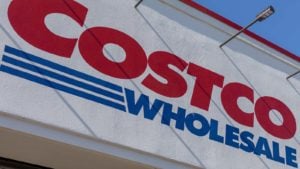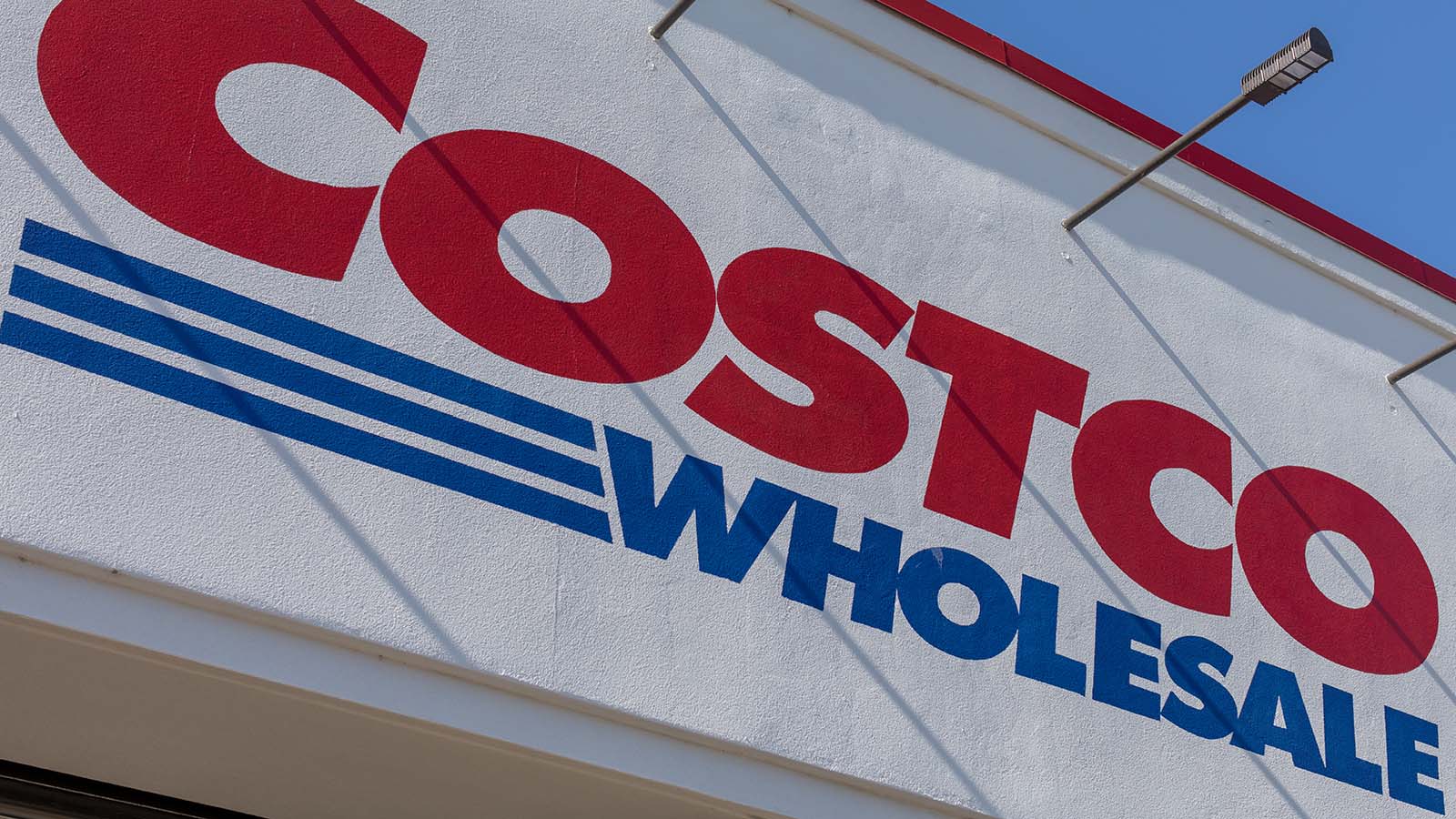My initial bullishness toward Costco (NASDAQ:COST) and COST stock was largely shaped by a prior experience with the company. However, my thoughts on Costco as an investment have taken a more bearish turn lately. The primary culprit? A stretched valuation.

But first let’s start with a bit of history: Costco has earned its positive reputation over the years for a good reason.
When visiting Costco headquarters some years ago, the investor relations staff made a point for us to visit the CEO’s office, who was James Sinegal at the time. His office was an open cubicle style set among dozens of other traditional corporate felt-panel style partitions — except his was just a little bigger.
Witnessing that along with the company’s repeated pledge to sell every product at only 15% above their costs made me think that’s a company that gets it. Subsequent to that meeting, the price of COST stock increased over 10-fold as it entered its rapid store growth phase.
Revenues grew from $54 billion in 2005 to over $180 billion today.
Rising Competition for Costco
What made me think of Costco — and COST stock — again more recently was visit to a new grocery store opening in my hometown. When a new store or restaurant opens in Missoula, MT, with a population of only about 100,000 in the metro area, it’s quite the event. So when WinCo Foods came to town with its 70,000 square feet of retail space, it was a must visit.
WinCo, with its origin and headquarters in Boise, ID, operates 127 stores, mostly in the western U.S. and Texas. It’s a warehouse style store, but without the large size items or multiple unit purchases required at a Costco or Sam’s Club (owned by Walmart (NYSE:WMT). Sometimes shoppers just don’t want or need to buy two 40 oz bottles of Worcestershire Sauce. It sells 800 items by the pound in bulk bins and most of the stores are open 24 hours a day, 7 days a week.
At first glance, it appears to strike a nice balance between a traditional grocery retailer and a warehouse style operator.
More importantly, there is no membership fee to shop at a WinCo. The stores usually don’t take credit cards to avoid the 1%-2% card surcharges and primarily take debit cards, checks and cash. Also, these no-frill stores have no bagging service and must be done by the customer at check-out. The company is private and employee-owned and has gained accolades in trade magazines for its employee friendly workplace.
According to the National Center for Employee Ownership, WinCo is the third largest employee-owned company in the country.
What does this mean for Costco? WinCo, with only $8 billion in revenues compared to Costco at $180 billion, won’t knock Costco off its pedestal anytime soon. But I feel it will chip away at its warehouse-style dominance in certain markets, particularly in the Pacific Northwest. And COST stock appears to be priced for perfection with no hiccups expected in its growth plans.
A Closer Look at the Long-Term Case for COST Stock
Costco currently trades at a lofty 33x estimated 2021 calendar year earnings and 29x 2022 calendar year earnings. Current year EV / EBITDA sits at a new-age tech stock valuation of over 18x. According to my DCF calculations, the company needs to grow EBITDA at a rate greater than 10% into perpetuity to justify today’s stock price. Dividend hunters won’t get excited about a 0.80% dividend yield. With competition from well-managed grocery retailers and warehouse operators such as Kroger (NYSE:KR), Sam’s Club, not to mention Walmart itself as the country’s largest grocer, BJ’s Wholesale (NYSE:BJ), Smart & Final and, of course, smaller upstarts like WinCo, those valuations might be at risk.
Costco does generate substantial amounts of free cash flow to the tune of about $4 billion a year, which is a positive. However, when looking at the free cash flow yield on the market cap of $151 billion, it comes out to approximately 2.6%. This is not a good cash-on-cash return for equity shareholders.
Yes, COST stock is, and will remain one of the greatest growth retail stories of all time, but current valuations just don’t support that greatness anymore.
On the date of publication Tom Kerr did not have (either directly or indirectly) any positions in the securities mentioned in this article.
Tom Kerr is an experienced investment manager and business writer who has worked in the investment and securities business since 1994.
